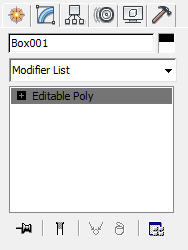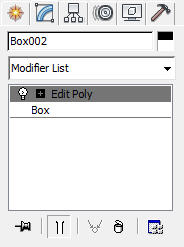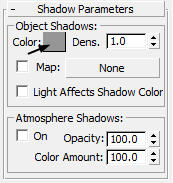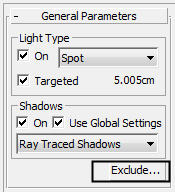Autodesk 3ds Max Design 2014 book introduces the readers to the basic features of 3ds Max Design 2014 through tutorials. The 3ds Max Design 2014 book caters to the needs of both the novice and the advanced users of the software. Written with the tutorial point-of-view and the learn-by-doing theme, the book is ideally suited for learning at your convenience and pace. This textbook will help you unleash your creativity and help you create simple and complete 3D models and animations. The textbook will help the learners transform their imagination into reality with ease.
Salient Features
Table of Content
Chapter 1 - Introduction to Autodesk 3ds Max Design 2014
Chapter 2 - Primitive Objects-I
Chapter 3 - Primitive Objects-II
Chapter 4 - Splines-I
Chapter 5 - Splines-II
Chapter 6 - Lofting, Twisting, and Deforming Objects
Chapter 7 - Material Editor: Creating Materials
Chapter 8 - Material Editor: Texture Maps-I
Chapter 9 - Material Editor: Texture Maps-II
Chapter 10 - Material Editor: Controlling Texture Maps
Chapter 11 - Material Editor: Miscellaneous Materials
Chapter 12 - Interior Lighting-I
Chapter 13 - Interior Lighting-II
Chapter 14 - Animation Basics
Chapter 15 - Complex Animation
Chapter 16 - Rendering
Chapter 17 - Creating Walkthrough
Project 1 - Creating a Windmill
Project 2 - Creating a Diner
Project 3 - Architectural Project
Project 4 - Corporate Design Project
Project 5 - Creating a Computer Center
Student Project
Salient Features
- Consists of 17 chapters that are organized in a pedagogical sequence covering modeling, texturing, modifiers, lighting, cameras, and animation and so on
- Consists of 5 projects based on real-world models that will allow the users to apply the skills learned in the text
- The first page of every chapter summarizes the topics that will be covered in it
- Real-world 3D models and examples focusing on industry experience
- Step-by-step instructions are added to guide the users through the learning process
- Provides additional and important information in the form of notes
- Self-Evaluation test, Review Questions, and Exercises are given at the end of each chapter so that the users can assess their knowledge
Table of Content
Chapter 1 - Introduction to Autodesk 3ds Max Design 2014
Chapter 2 - Primitive Objects-I
Chapter 3 - Primitive Objects-II
Chapter 4 - Splines-I
Chapter 5 - Splines-II
Chapter 6 - Lofting, Twisting, and Deforming Objects
Chapter 7 - Material Editor: Creating Materials
Chapter 8 - Material Editor: Texture Maps-I
Chapter 9 - Material Editor: Texture Maps-II
Chapter 10 - Material Editor: Controlling Texture Maps
Chapter 11 - Material Editor: Miscellaneous Materials
Chapter 12 - Interior Lighting-I
Chapter 13 - Interior Lighting-II
Chapter 14 - Animation Basics
Chapter 15 - Complex Animation
Chapter 16 - Rendering
Chapter 17 - Creating Walkthrough
Project 1 - Creating a Windmill
Project 2 - Creating a Diner
Project 3 - Architectural Project
Project 4 - Corporate Design Project
Project 5 - Creating a Computer Center
Student Project
Click the Like button below to stay updated !











